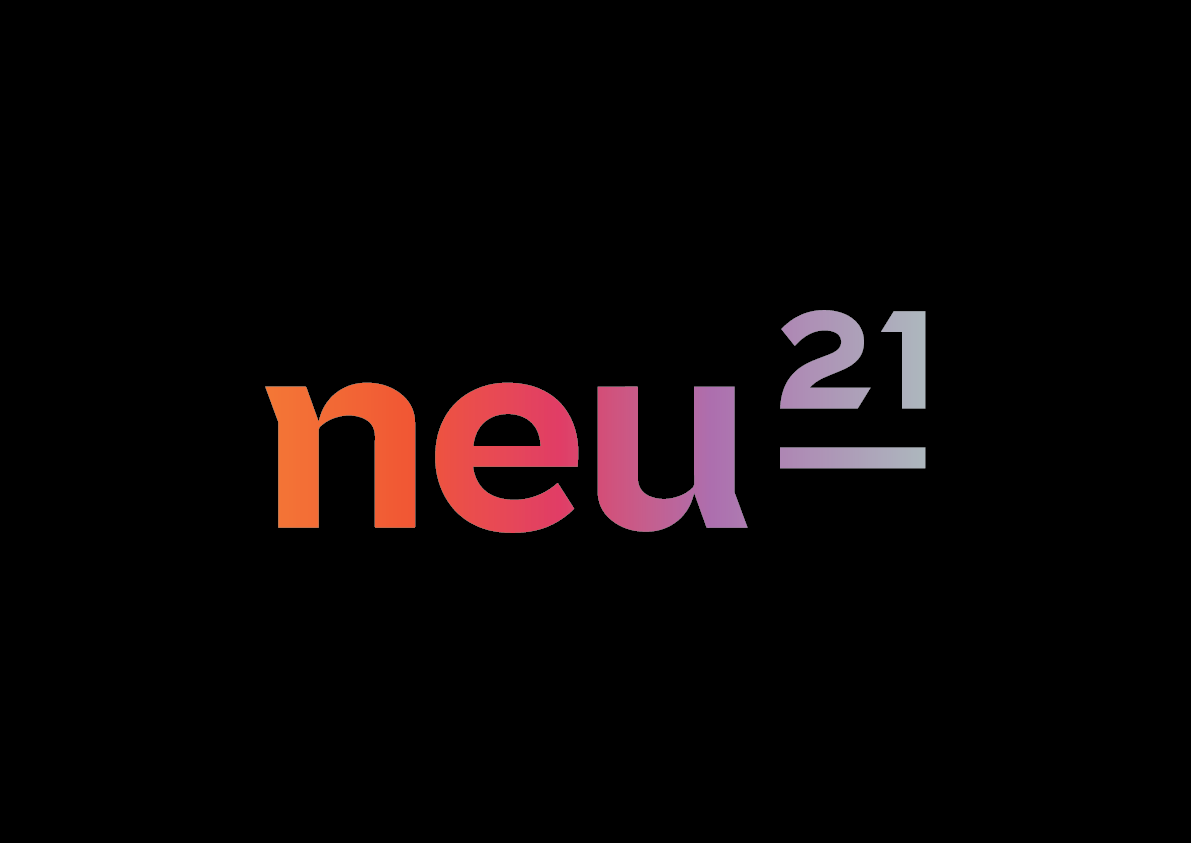

Types of content we provide
Most companies today realise the benefits of using content to expand the authority of their website and improve its visibility on all the relevant channels. This is why they are increasingly turning to developing unique, valuable content in different forms to distinguish from their key competitors and attract wider audiences. However, in-house teams are not always best suited for this, which is why professional content development and production services can help you make your pages stand out.

![]()
![]()
![]()
![]()
![]()
![]()
![]()
![]()
![]()
![]()
![]()
![]()
![]()
![]()
![]()
![]()
![]()
![]()
![]()
![]()
![]()
![]()
![]()
![]()
![]()
![]()
![]()
![]()
![]()
![]()
![]()
![]()
![]()
![]()
![]()
![]()
![]()
![]()
![]()
![]()
![]()
![]()
![]()
![]()
![]()
![]()
![]()
![]()
![]()
![]()
![]()
![]()
![]()
![]()
![]()
![]()
![]()
![]()
![]()
![]()
![]()
![]()
![]()
![]()
![]()
![]()
![]()
![]()
![]()
![]()
![]()
![]()
Coming up with an excellent piece
Precisely because of its enormous value, developing and producing web content that truly engages is one of the key challenges for most organisations. Deciding on what it is that a company can offer to the audience and how it can do that is certainly a strategic activity that is best done by professionals who combine niche market knowledge and writing expertise. To deliver pieces of content that get noticed, Four Dots relies on the following activities:
![]()
![]()
![]()
![]()
![]()
![]()
![]()
![]()
![]()
![]()
![]()
![]()
![]()
![]()
![]()
![]()
![]()
![]()
![]()
![]()
CONTENT DEVELOPMENT SERVICES BY FOUR DOTS
Thanks to our Australian SEO team dedicated to creating excellent web content, Four Dots has helped various companies around the world add up to their content strategies by developing blog, white papers and website content that stands out. Precisely because we understand how important this is to you, we promise we never use generic tone or cover topics that everybody else has already discusses. Instead, we focus on relevancy, quality, and topics people want to read despite the volume your editorial calendar may require.
SEO Content FAQs
SEO content development refers to the practice of creating and optimizing content on a website with the primary goal of improving its visibility and ranking in search engine results. The acronym "SEO" stands for Search Engine Optimization, which is a set of strategies and techniques used to enhance a website's chances of appearing higher in search engine results pages (SERPs) when users search for relevant keywords or phrases.
The process of SEO content development involves several key aspects:
Keyword Research: This is the foundation of SEO content development. Extensive keyword research is conducted to identify the specific terms and phrases that potential visitors are using to search for information related to the website's content or services.
Quality Content Creation: Once the target keywords are identified, high-quality and relevant content is created to address the users' search intent. Content can take various forms, including blog posts, articles, product descriptions, guides, infographics, videos, and more.
Keyword Optimization: The identified keywords are strategically incorporated into the content to signal to search engines that the content is relevant to the users' queries. However, it's essential to use keywords naturally and avoid "keyword stuffing," which can harm the user experience and SEO rankings.
By investing in SEO content development, businesses can attract more organic traffic from search engines, reach their target audience effectively, and ultimately improve their online visibility and success. It's an ongoing process that requires dedication and a deep understanding of the target audience's needs and search behavior. Working with experienced SEO professionals can greatly enhance the effectiveness of your content development efforts.
Several types of content are effective for SEO purposes, as they can attract organic traffic and improve search engine rankings. Here are some of the most effective content types:
Informative Blog Posts and Articles, Long-Form Content, Evergreen Content, Infographics, Case studies, How to Guides.
Remember that while creating various types of content is essential for SEO, the content's quality, relevance, and optimization for target keywords are equally crucial. Strive to produce valuable, user-centric content that addresses the needs and interests of your target audience while keeping SEO best practices in mind. Regularly updating and refreshing content can also help maintain its relevance and improve SEO performance over time.
Informative Blog Posts and Articles: Well-researched, informative, and in-depth blog posts and articles that provide valuable insights, tips, guides, and answers to common questions are highly effective for SEO. These content pieces tend to attract backlinks and encourage readers to spend more time on the website, signaling to search engines that the content is valuable and relevant.
Long-Form Content: Longer content, typically over 1,500 words, tends to perform well in search results. It allows for more comprehensive coverage of a topic and can often rank for a wide range of related keywords.
Evergreen Content: Evergreen content refers to content that remains relevant and valuable over an extended period. Such content continues to attract traffic and backlinks over time, contributing to sustained SEO performance.
Infographics: Infographics are visually appealing and shareable content that presents information or data in a concise and engaging manner. They can attract backlinks and social shares, which positively impact SEO.
Case Studies and Success Stories: Publishing case studies and success stories showcasing how your products or services have helped customers can be beneficial for SEO. These content pieces demonstrate expertise, build credibility, and may attract backlinks.
Local Content: For businesses targeting a local audience, creating location-specific content, such as city guides, local event coverage, or neighborhood-focused articles, can improve local SEO rankings.
How-To Guides and Tutorials: Practical how-to guides and tutorials that address specific problems or tasks are valuable for users and can attract organic traffic from people searching for solutions.
SEO content production is of importance for businesses due to its numerous benefits and impact on online success. One of the primary advantages is the increased online visibility seo Content brings. By creating SEO-optimized content, businesses can rank higher in search engine results pages (SERPs), making it more likely for potential customers to discover their websites when searching for relevant keywords and phrases.
Moreover, SEO content production is a powerful means of generating organic traffic. Unlike paid advertising, which requires ongoing costs, organic traffic comes from users actively seeking information related to the business's products or services. This targeted approach ensures that the audience engaged with the content is genuinely interested, leading to higher conversion rates and more qualified leads.
In addition to driving traffic, SEO content production also establishes a business's authority and credibility. By offering high-quality, informative content, companies can position themselves as experts in their respective industries. This fosters trust among users, making them more likely to choose the business over competitors when making purchasing decisions.
Furthermore, SEO content production improves the overall user experience. Content that is well-organized, valuable, and optimized for search engines tends to enhance the website's usability. Visitors are more likely to spend more time on the site, reducing bounce rates and signaling to search engines that the content is valuable to users.
The benefits of SEO content production extend to lead generation and sales. As more users discover the business through search engines, a percentage of them may convert into paying customers or clients. This can significantly impact a company's bottom line and overall success.
Last but not least, SEO content production is a cost-effective long-term strategy. While it requires initial investment and effort, once the content is created and optimized, it can continue to attract organic traffic and generate leads over an extended period without the need for ongoing advertising expenses.
Proudly provide services to






































Latest from the blog
Advanced Technical SEO Tactics for 2025
As the digital landscape continues to evolve, staying ahead in SEO requires more than just basic optimisation techniques. Technical SEO is important as it impacts organic traffic, search result appearance, user experience, and overall SEO performance. Advanced technical SEO tactics are essential for ensuring your website remains competitive and ranks well in search engine results. […]
Read moreShopify SEO – How to Optimize Your Shopify Site for Google
Having a Shopify store is great, but if people can’t find it on Google, you’re missing out on potential sales. SEO (Search Engine Optimisation) is key to driving organic traffic to your Shopify store. With the right strategies, you can boost your rankings, attract more customers, and grow your business. In this guide, we’ll take […]
Read moreBoost Your Conversions Transform Your Landing Pages In Just 14 Days
In today’s digital world, your landing page is often the first thing people see when they visit your site. If it’s not up to scratch, you could be losing potential customers before they even get to know your business. But don’t worry – with the right tweaks, you can turn your landing page into a […]
Read moreSydney office
Level 26, 44 Market Street,
NSW 2000
Sydney,
Australia
Phone +61 289993731







